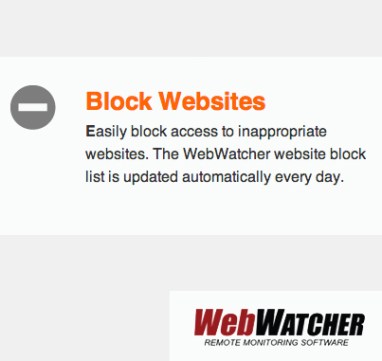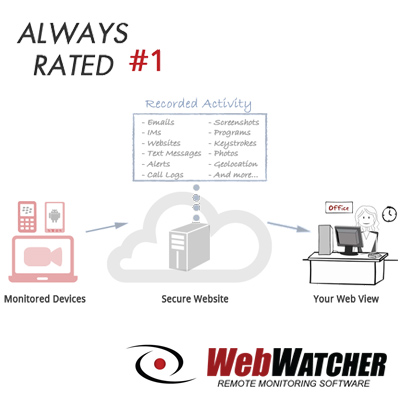Keeping up with the current technology can sometimes feel like a futile effort. New apps, sites, and upgrades come out before you’ve even had a chance to get used to the old ones. But if you have kids, you have to do your best to stay on top of what’s happening in the cyber world, because there’s a good chance that your child is spending a lot of time there. Parental monitoring software can help by keeping you informed about where your child is going online, who they’re talking to, and what they’re downloading. But there are right ways and wrong ways to use this software. Here are some of the dos and don’ts of using parental monitoring software.
Don’t Install the Software Secretly

The point of parental monitoring software isn’t to catch your kid in the act of doing something wrong, it’s to protect them from potential dangers (including those that may be caused by their own behavior.) Installing the software secretly just breeds mistrust.
When your child discovers the software – and they will – they’ll feel as if their privacy has been violated. It doesn’t matter if you would prefer that they don’t have total privacy online, that feeling will close down the lines of communication. Your child may learn to hide things from you and look for ways around the monitoring, and may not feel comfortable coming to you with problems they encounter online.
Do Give Them Input

Chances are that your child knows their devices and the layout of the internet as well as you, if not better. Give your child some input on how the parental monitoring software is used. For example, if you intend to block certain sites or apps, be willing to at least consider your child’s reasons for not blocking them. If you’re going to restrict their ability to download apps or watch videos, be sure that they don’t need to routinely do those things for school assignments.
Don’t Let Them Set the Rules
Listening and taking your child’s input into account is important, but so is setting clear boundaries. Don’t let your teen take over the discussion or overrule you – you’re the parent and you get the final word.
Do Have a Conversation About Internet Safety
You can install monitoring software on all of your children’s devices, but chances are that they’ll have access to unrestricted devices somewhere, such as when they’re with friends and family members. You can’t watch them every minute or protect them from everything, but you can teach them to protect themselves.
Use the parental monitoring software as a jumping-off point for a discussion about staying safe online. Discuss how to identify predators and internet scams and how to report or block someone that’s bothering them. Talk about the potential dangers of sexting or sharing personal information. And discuss the importance of being a good internet citizen and avoiding harmful or bullying behaviors.
Done correctly, installing parental monitoring software can be a positive experience for both you and your child. To give parental monitoring software a try, get our free trial.





